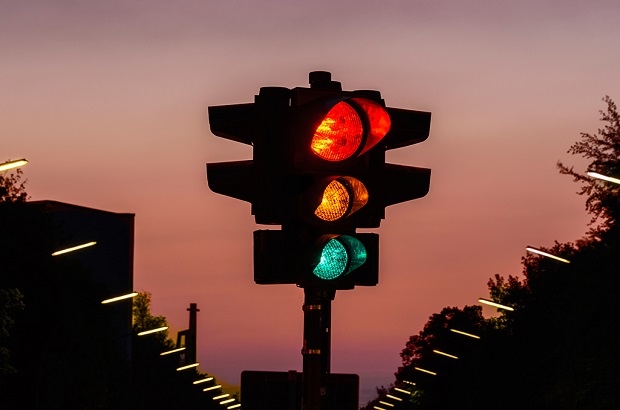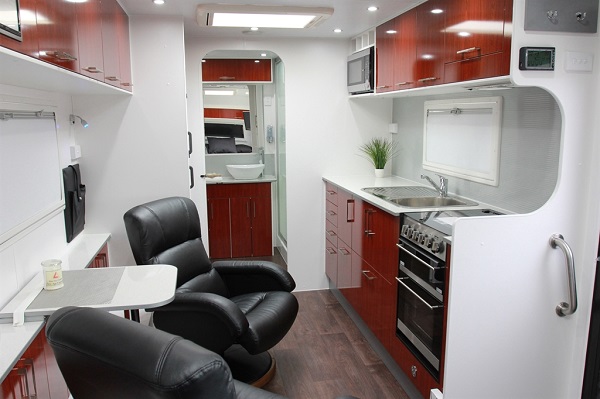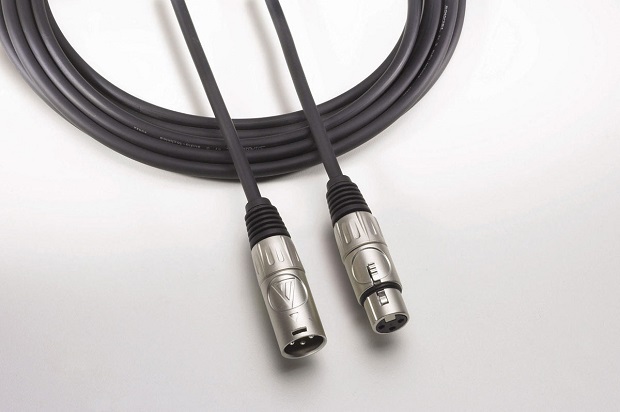The Purpose of Traffic Lights Beyond Controlling Traffic
 Until a couple of years ago, traffic lights and signals were exclusively used to control and direct traffic. They were electrically operated and required maximum level of control at intersections. Their purpose was pretty straightforward. However, with the rapid advancement in all industries as well as with the invention of LED technology, today they are used in other sectors as well.
Until a couple of years ago, traffic lights and signals were exclusively used to control and direct traffic. They were electrically operated and required maximum level of control at intersections. Their purpose was pretty straightforward. However, with the rapid advancement in all industries as well as with the invention of LED technology, today they are used in other sectors as well.
The importance of the traffic light Australia industry experts say goes beyond improving vehicle flow as they’re also becoming increasingly used in the construction sector, private parking lots, airports, mines, etc. They’re meant to control the traffic flow, improve the safety and keep vehicles in order.
And when it comes to products related to traffic light Australia isn’t short on up-to-date technology. There are a lot of different models available with one, two, three and four aspects. Moreover, they can come in various colours which can be customized depending on their intended use.
For instance: red and green with flashing amber lights are the ideal choice for a safety sign at loading warehouses, distribution centers and docks where they guide forklift traffic and approaching drivers as well as warn workers in the area. Red and green traffic lights are used for warning traffic when construction activities are being performed on one side of the road and only one lane is available. Construction workers can put a traffic light at the starting points of the construction and signal which vehicles can pass on the free lane.
Besides the amount of aspects and colours, perhaps the most important feature to look for in a traffic light is the type of bulbs it uses. The type of bulbs the traffic lights use will directly affect their maintenance cost. Incandescent light bulbs don’t last very much and need frequent replacing. This can cause a lot of inconvenience if there’s work being done, as you’ll have to stop all operations, replace the lights and only then continue.
LED technology is the preferable choice as LED bulbs far exceed the longevity and durability of the incandescent bulbs. Even though they might be the more expensive initial purchase, they have a life span of over 50.000 hours at least, meaning you save money in the long run. Moreover, they shine far brighter which makes them significantly more visible in misty, snowy and rainy weather conditions.
And lastly, think about whether you want traffic lights with a back-up power supply, like ion-lithium batteries in case of a power outage. The back-up power supply will enable the traffic lights to continue working for more than 24 hours, which is enough time to finish all tasks within the day and fix the problem without stopping all operations.






